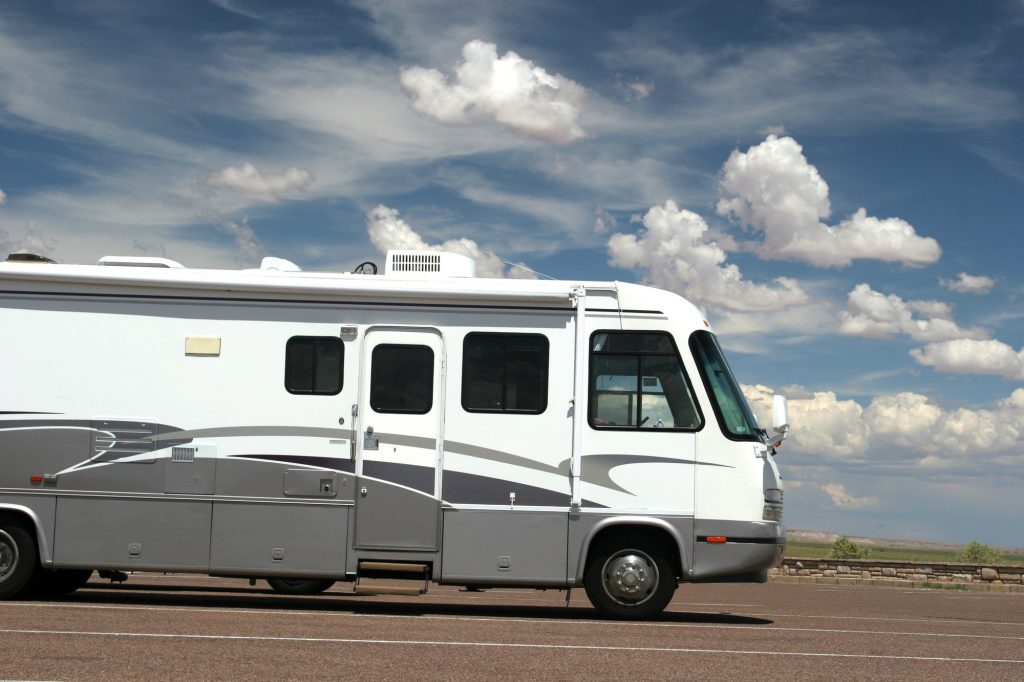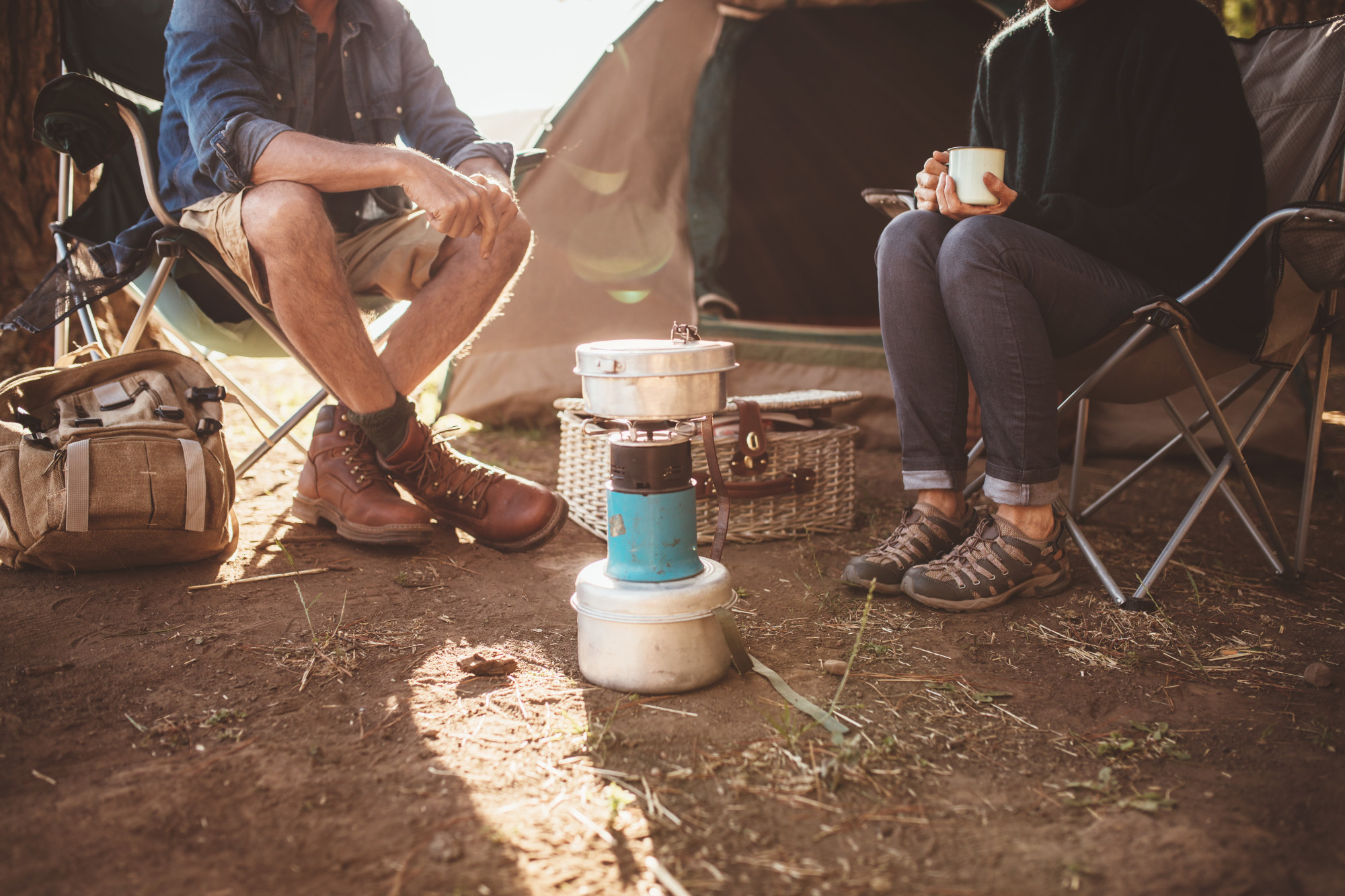
The road trip has been a staple of American culture since the first motorists got their kicks on Route 96. From Jack Kerouac’s “On the Road” to “Thelma and Louise,” driving the nation’s highways and byways has been celebrated in all types of entertainment. And it’s inspired millions of us to get behind the wheel and head off in search of new sights, interesting people, self-discovery, and adventure.
Hands down, one of the most fun ways to road trip is in an RV. RVs represent the best of both worlds — all the excitement of traveling, along with all (or at least most of) the comforts of home. Yet with this freedom comes responsibility. That’s why we’ve compiled this list of essential RV tips that will help you maintain your vehicle for a safe and enjoyable journey.
RV Tips for Taking Care of Your Home On Wheels
Spend more time on the road, and less time waiting for costly repairs to be performed, with this checklist. Remember that the same regular maintenance tasks that apply to your car should also be done for your RV. There are also several RV-specific checks to keep in mind.
Of course, you can always turn to the professionals for help with maintaining your RV. Browse the services available from Quality RV Solutions.
1. Perform Regular Roof Checks and Maintenance
The last thing you want to have happen when you’re traveling in an RV is for the roof to become leaky. Left untreated, leaks can cause extensive damage to the entirety of the vehicle. Be sure to look over the roof every three months to prevent this.
Unlike the roof of a car, there are many places that water can enter an RV: the roof’s edges, vents, skylights, or air conditioning system. If you spot a leak, use a sealant that is specially designed for your RV’s roof material.
Additionally, if your RV has a rubber roof, it will need to be treated at least once a year to prevent damage from the sun’s rays.
2. Make Sure the Awning Is Up to Snuff
The awning is another part of the RV that requires special attention. It should be kept clean so that mildew and mold do not build up. Debris on the awning can cause damage to the fabric itself, snagging on the material and ripping it. Lastly, make sure that the awning is insect-free. You really don’t want to be driving down the road with a bee’s or hornet’s nest on your awning!
Inspect the awning each time you stop and set up camp. That way, if there are small tears in the awning’s fabric, you can take care of them immediately before they cause more extensive — and expensive! — damage.
3. Keep the Generator In Good Repair
Your RV’s generator is the cornerstone of a convenient, comfortable experience. Without it, you won’t be able to use the microwave, run a hair dryer, charge your phone or tablet, or even enjoy nice cool air conditioning on a scorching hot day.
RV generators come equipped with an hourly usage meter. Keep an accounting of the run time, so that you know when the generator will require routine service, such as changing the oil or replacing the filter. In addition, you will want to perform a visual inspection of the entire generator system about every 10 run hours.
Even when you’re not out and about in your RV, check in on the generator to ensure that build-up on the carburetor does not occur.
4. Be Responsible With the Batteries
Before you head out on your road trip, take a gander at the batteries. Deep cycle batteries, which are typically found in towable RVs, should last for about three years. After that, they will begin to lose power. The start-type battery that is more common in driveable RVs will likely last a little longer — about three years — before losing functionality.
If you live in a cold climate and store your RV, be sure to remove the battery once you’re parked for the winter. Batteries can freeze, and when they freeze, they will break. This will not only render the battery unusable, but it will also void the battery warranty, so you’ll be completely out of luck. Take the time to remove the battery and store it in a warm, temperature-controlled environment.
5. Watch Over the Wastewater System
The wastewater system is one aspect of your RV that you definitely do not want to neglect! Without proper maintenance of the RV’s water system, excessive build-up can occur and lead to clogs in the system, seizing of the valves, and failure of operation.
Make sure you know the type of chemicals that are designed to be used with your particular system, whether it’s a gray water system or a black water system. Flush the entire system on a regular basis. After flushing, be certain to use adequate amounts of fluid to start the system back up again.
Lastly, be kind to the wastewater system of your recreational vehicle by using biodegradable toilet paper — there are kinds that are intended for RV use, and they are worth the investment.
6. Slide Outs and Seals Should Stay Clean
Window seals and slide outs need a little attention too. Slide outs require regular cleaning, lest dirt and debris build-up around or in the seals. If you don’t perform these cleaning tasks, you may run into trouble sealing the RV, and that’s no good.
Keep lubricant on hand, as well, to help the slide outs work properly without damage or wear and tear on the motors and on the slider mechanisms themselves.
7. Don’t Forget Filters and Fluids
Unlike passenger vehicles, RVs have a lot of downtime, which means that you need to stay on top of changing the oil. In general, it’s smart to change the oil every 3,000 miles, or annually, whichever comes first.
The filters on your RV — air, fuel, coolant, and hydraulic — should be inspected every 3,000-4,000 miles, or whenever you change your oil. If you don’t take care of your filters and oil, the engine may be subject to unnecessary wear and tears.
In Closing
While an RV requires a little more in the way of maintenance than your average sedan, the rewards are well worth the effort! Remember these RV tips to ensure that your trip is memorable because of the sights you see and the fun you have — not because you got stranded with a broken-down system!
For more informative articles on fixing cars and vehicles, bookmark our blog!




